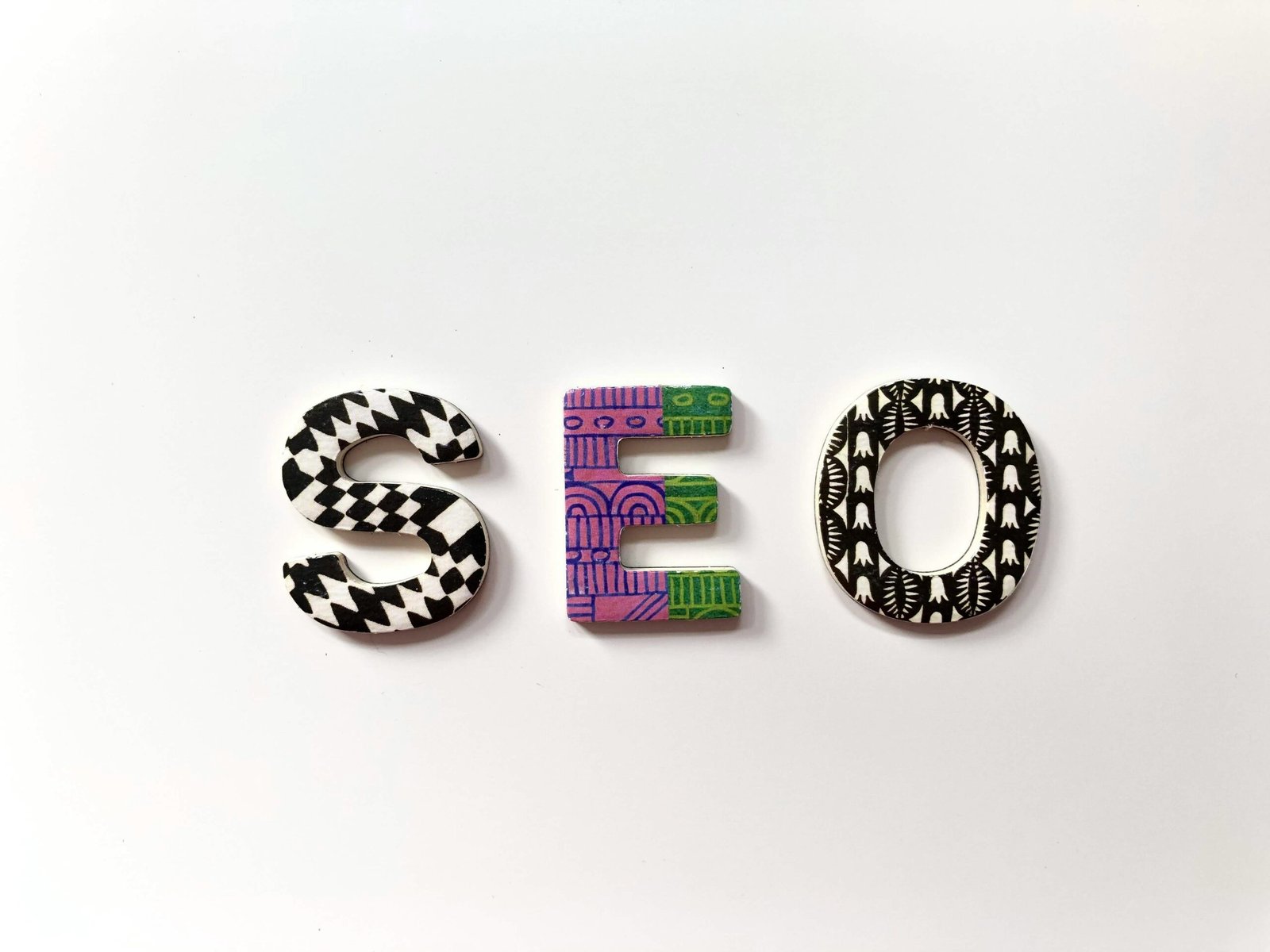
Introduction
In the competitive world of IT service management, maintaining high standards is essential for delivering exceptional service and achieving business goals. ISO 20000 certification represents a mark of excellence, ensuring that IT service management practices are aligned with internationally recognized standards. This guide provides a comprehensive overview of ISO 20000 certification, exploring its significance, implementation, and the benefits it offers to organizations. ISO 20000 is an international standard for IT Service Management (ITSM) that outlines best practices and guidelines for delivering high-quality IT services. It provides a framework for establishing, implementing, maintaining, and continually improving an IT service management system (SMS).
Key Components of ISO 20000
ISO 20000 is structured around a set of core components that define its scope and objectives:
- Service Management System (SMS): The core of ISO 20000, focusing on the design, implementation, and management of IT services.
- Service Delivery Processes: Includes processes such as Service Level Management, Incident Management, and Change Management.
- Relationship Processes: Addresses how IT services interact with customers and other stakeholders.
- Resolution Processes: Focuses on handling and resolving service issues effectively.
The Importance of ISO 20000 Certification
Achieving ISO 20000 certification is more than just a formal recognition; it represents a commitment to excellence in IT service management. Here’s why certification is crucial:
Benefits of ISO 20000 Certification
- Enhanced Service Quality: ISO 20000 provides a framework for delivering consistent and high-quality IT services, leading to improved customer satisfaction.
- Operational Efficiency: Streamlined processes and best practices reduce inefficiencies and optimize service delivery.
- Competitive Advantage: Certification distinguishes organizations in the marketplace, demonstrating their commitment to high standards and excellence.
- Regulatory Compliance: Helps organizations meet regulatory requirements and industry standards related to IT service management.
Key Steps to Achieving ISO 20000 Certification
Achieving ISO 20000 certification involves a structured approach, from understanding the standard to implementing best practices. Here’s a step-by-step guide:
- Understanding ISO 20000 Requirements
The first step is to familiarize yourself with the ISO 20000 standard. Key aspects include:
- Scope and Objectives: Understand the areas covered by the standard and how they apply to your organization’s IT services.
- Documentation Requirements: Review the necessary documentation, including policies, procedures, and records.
- Conducting a Gap Analysis
Perform a gap analysis to compare your current IT service management practices against ISO 20000 requirements. This involves:
- Assessing Current Processes: Identify existing processes and practices related to IT service management.
- Identifying Gaps: Determine areas where improvements are needed to meet ISO 20000 standards.
- Developing an Implementation Plan
Create a detailed implementation plan to address the gaps identified during the analysis. The plan should include:
- Objectives and Targets: Define clear objectives and targets for achieving compliance.
- Resources and Responsibilities: Allocate resources and assign responsibilities for implementation.
- Timeline: Develop a timeline for each phase of the implementation process.
- Implementing the Service Management System (SMS)
The implementation phase involves setting up the SMS according to ISO 20000 guidelines. Key activities include:
- Developing Documentation: Create or update documentation, including policies, procedures, and work instructions.
- Training and Awareness: Train staff on ISO 20000 requirements and best practices.
- Process Implementation: Implement the processes defined in the standard, such as Service Level Management and Incident Management.
- Conducting Internal Audits
Internal audits are crucial for assessing the effectiveness of the SMS and identifying areas for improvement. Key steps include:
- Planning and Scheduling: Develop an audit plan and schedule audits at regular intervals.
- Conducting Audits: Perform audits to evaluate compliance with ISO 20000 requirements.
- Reporting Findings: Document audit findings and provide recommendations for corrective actions.
- Management Review
Management reviews are essential for ensuring that the SMS remains effective and aligned with organizational goals. This involves:
- Reviewing Performance: Evaluate the performance of the SMS and its impact on service delivery.
- Identifying Improvements: Identify areas for improvement and make necessary adjustments.
- Setting New Objectives: Establish new objectives and targets based on the review findings.
- Certification Audit
The final step is the certification audit, conducted by an accredited certification body. This involves:
- Pre-Audit Preparation: Ensure that all documentation and processes are in place and ready for the audit.
- Audit Process: The certification body will review your SMS, conduct interviews, and assess documentation.
- Addressing Non-Conformities: If any non-conformities are identified, address them promptly to achieve certification.
Best Practices for Maintaining ISO 20000 Certification
Once certified, maintaining ISO 20000 standards requires ongoing commitment and continuous improvement. Best practices include:
- Regular Monitoring and Review
Continuously monitor and review the effectiveness of the SMS to ensure it remains aligned with ISO 20000 requirements. This involves:
- Performance Metrics: Track key performance metrics and service levels.
- Feedback Mechanisms: Gather feedback from customers and stakeholders to identify areas for improvement.
- Continuous Improvement
Adopt a culture of continuous improvement by:
- Implementing Improvements: Regularly review processes and implement improvements based on audit findings and feedback.
- Training and Development: Provide ongoing training and development for staff to keep them updated on best practices and new developments.
- Staying Updated
Stay informed about changes to the ISO 20000 standard and industry best practices by:
- Participating in Industry Forums: Engage in industry forums and groups to stay updated on trends and changes.
- Reviewing Standards: Periodically review the ISO 20000 standard to ensure ongoing compliance.
Conclusion
ISO 20000 certification represents a significant achievement for organizations seeking to enhance their IT service management practices. By following the structured approach outlined in this guide, organizations can unlock excellence in their IT service delivery, ensuring consistent quality, operational efficiency, and a competitive edge in the marketplace.
The journey to ISO 20000 certification involves understanding the standard’s requirements, conducting a thorough gap analysis, implementing best practices, and maintaining ongoing compliance through continuous improvement. Successful certification not only improves service quality and customer satisfaction but also positions organizations as leaders in IT service management.
Investing in ISO 20000 certification is a strategic decision that aligns IT services with business goals, enhances regulatory compliance, and demonstrates a commitment to excellence. For organizations committed to delivering high-quality IT services and achieving operational excellence, ISO 20000 certification is a crucial milestone on the path to success.






